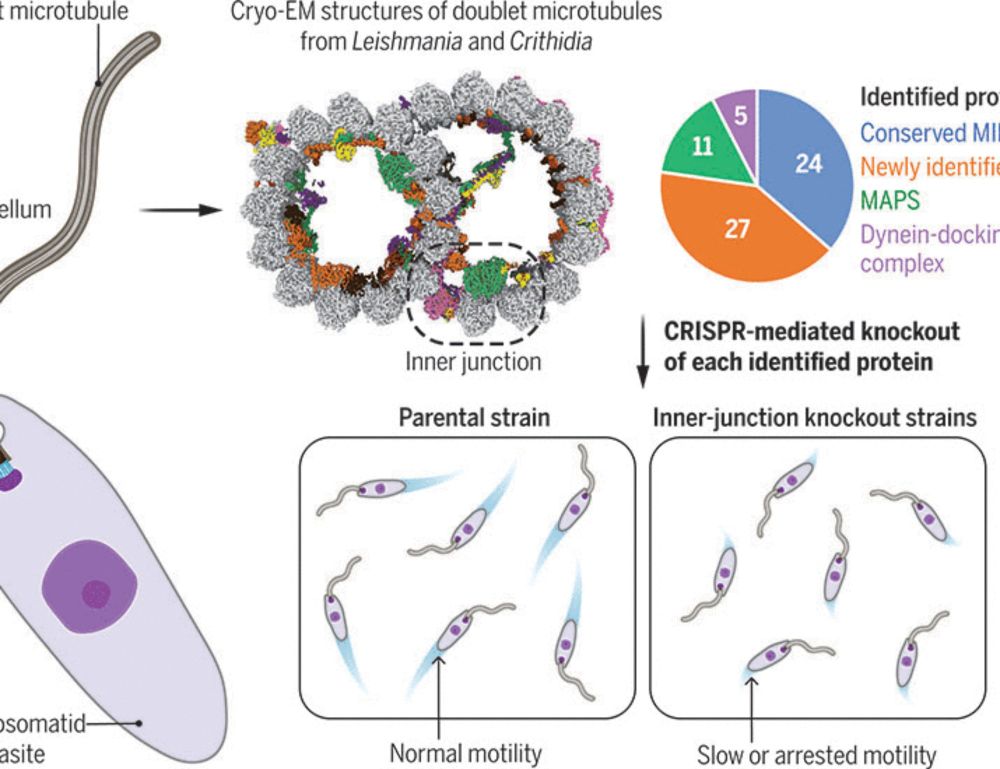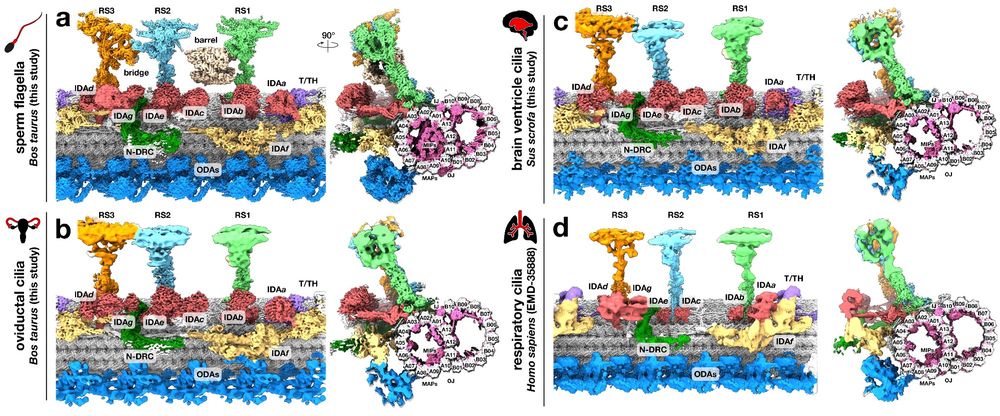



Applications for this year's #CryoEM Data Processing Workshop are due March 27!
Don't miss this chance to learn about various approaches to deal with conformational/compositional heterogeneity.
myumi.ch/lsi-cryo-2025
@jbquerido.bsky.social
@shyamalm.bsky.social

Applications for this year's #CryoEM Data Processing Workshop are due March 27!
Don't miss this chance to learn about various approaches to deal with conformational/compositional heterogeneity.
myumi.ch/lsi-cryo-2025
@jbquerido.bsky.social
@shyamalm.bsky.social

www.nature.com/articles/s41...




